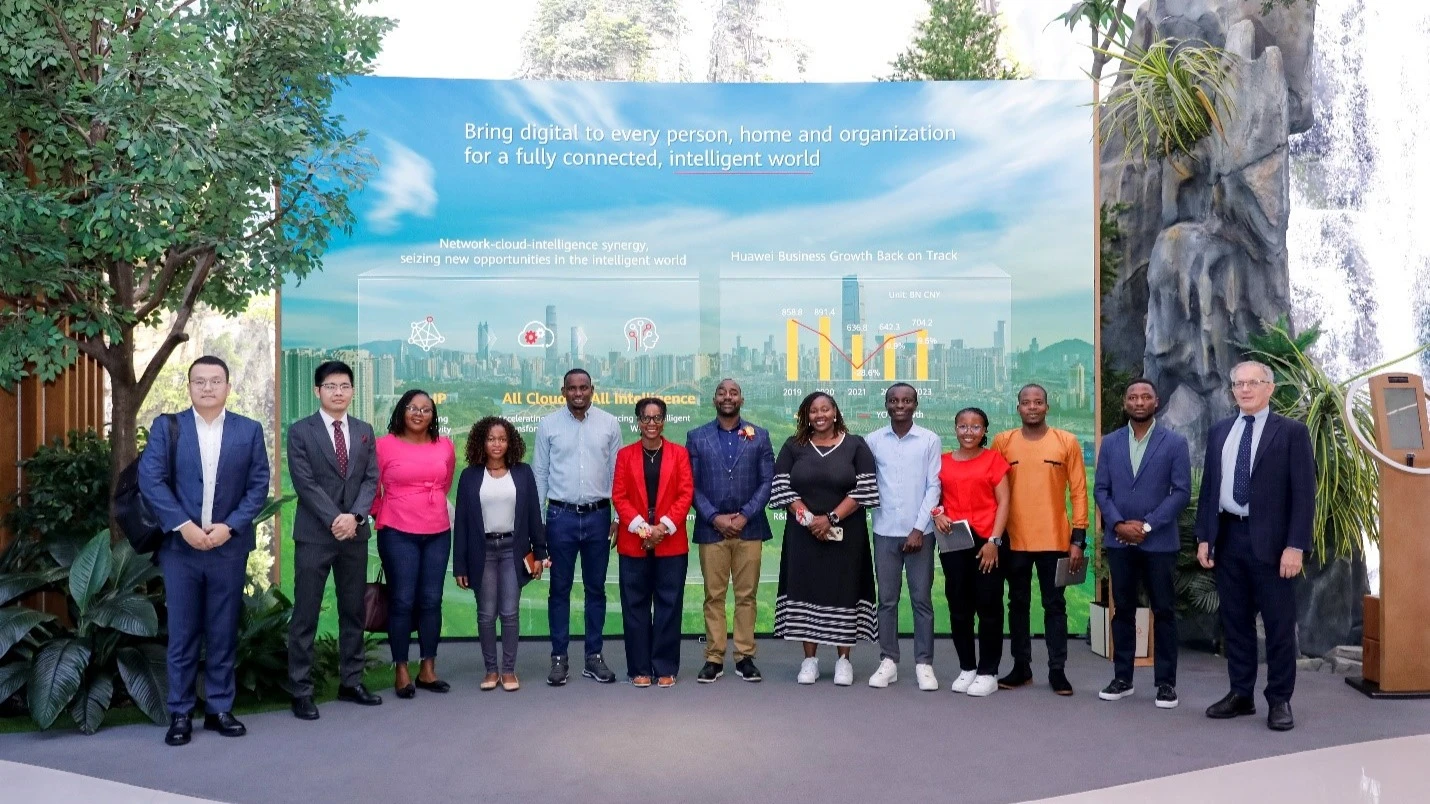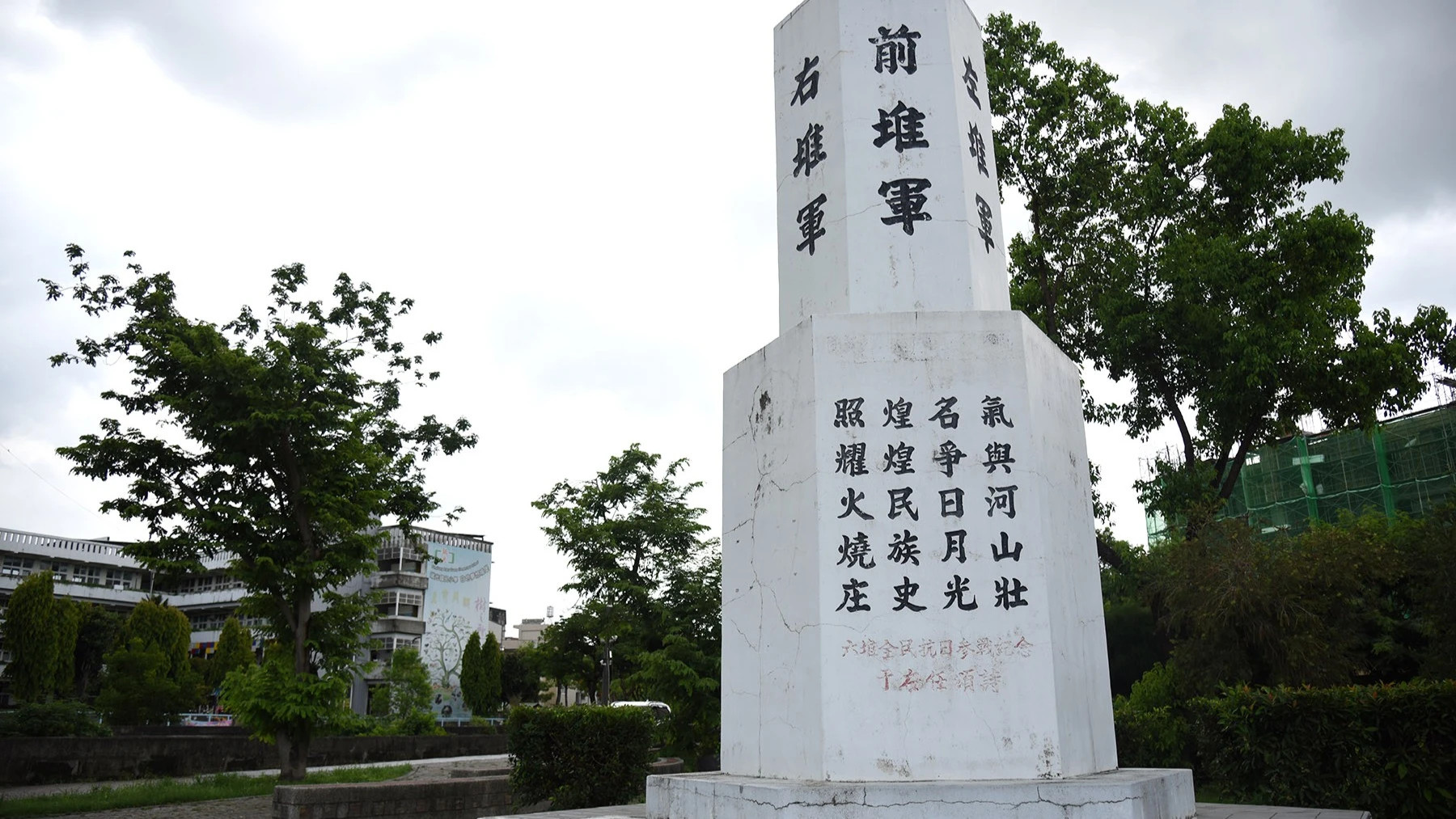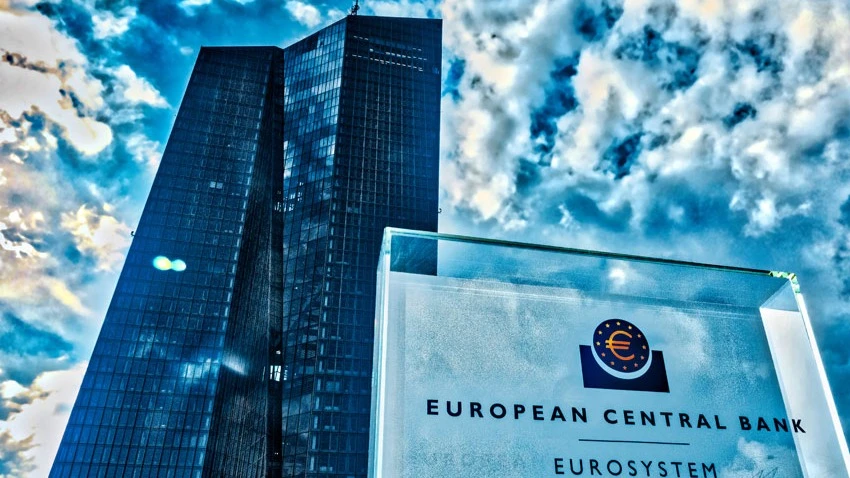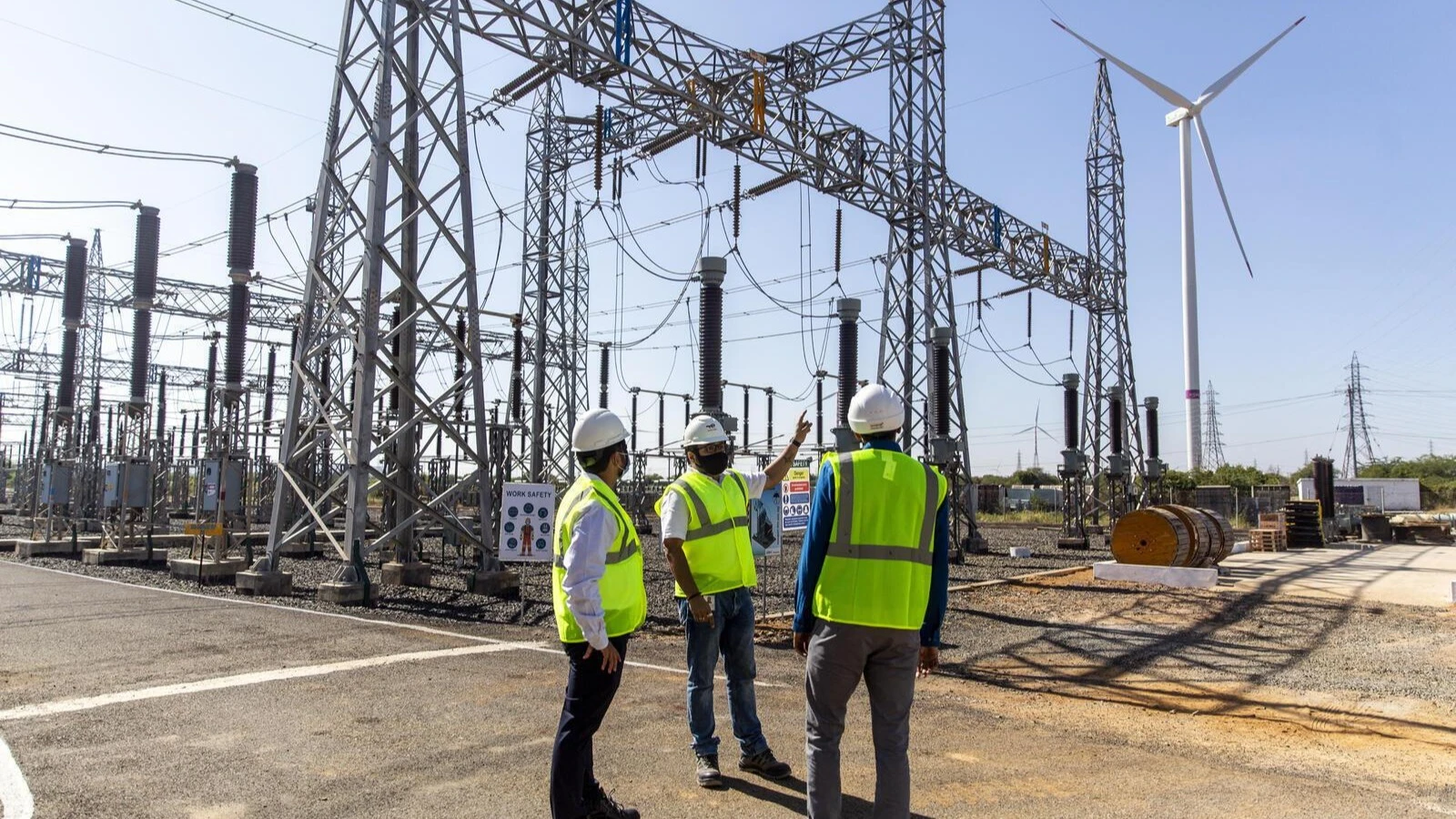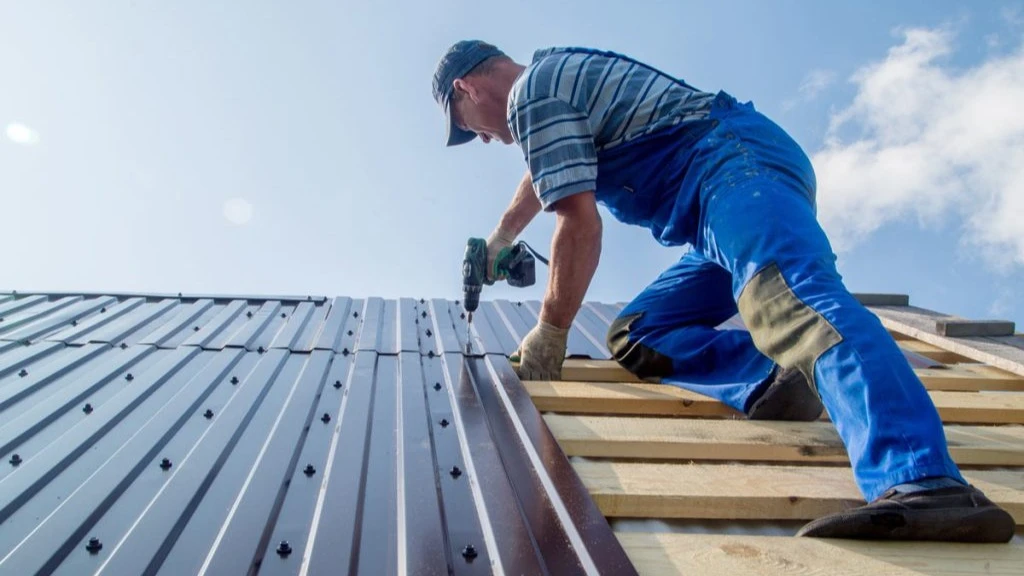Green, urbanisation forces drive demand for construction sheets
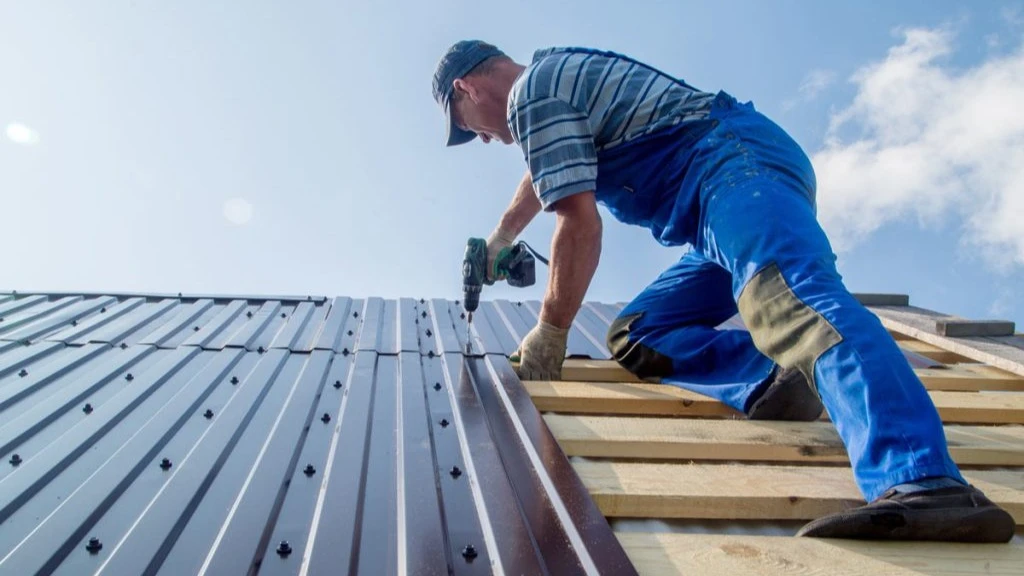
The global market for building and construction sheets, covering materials such as bitumen, rubber, metal and polymers used in roofing, walls, flooring and other building applications — is set to expand at a steady pace over the coming years, according to a new industry report covering 2019–2030 by Mordor Intelligence.
Analysts expect a compound annual growth rate (CAGR) of about 5 percent from 2025 to 2030 as urbanization, infrastructure investment and sustainability requirements push demand for versatile, durable and energy-efficient sheet materials.
The market is broad and fragmented, spanning residential, commercial and industrial end-users and varying dramatically by geography.
The Asia-Pacific region remains both the largest market and the fastest growing, driven by large scale infrastructure programs, rapid urban expansion and strong demand from construction and interior design sectors.
North America and Europe continue to show stable activity, with demand increasingly tied to green-building retrofits and new sustainability standards.
The report highlights three principal demand drivers. First, continued urbanization and rising construction activity — both new builds and renovation projects — are creating a sustained requirement for sheets used in roofing, ceilings, cladding and glazing. Large infrastructure programs in emerging markets are generating bulk orders for construction materials across many segments.
Second, the shift to greener, healthier and more energy-efficient buildings is raising the bar for materials. Green-building certifications such as LEED, BREEAM and national rating systems (for example GRIHA in India) require detailed documentation and higher standards for material performance. That trend is boosting adoption of polycarbonate, polymer and advanced composite sheets that deliver thermal insulation, daylighting and durability while supporting lower life-cycle emissions.
Third, supply-chain and product innovation are opening new applications for sheets — from sound barriers and skylights to safety glazing and interior plastics — widening the market beyond traditional roofing and cladding roles.
“Builders and architects are demanding more from sheet materials: longevity, multi-functionality and compatibility with green standards,” said an industry analyst commenting on the report. “That is creating opportunities for suppliers with diversified portfolios and technical services.”
The market is highly fragmented. Global players — many of them diversified building-materials groups — compete with regional and local suppliers. Larger firms typically leverage broad product lines and installation services, while smaller companies often focus on niche products or regional markets. Competition centers on pricing, product portfolios and value-added services such as installation support and technical documentation.
Major brands named in market overviews include established roofing and sheet manufacturers and multinational building-materials groups. However, low barriers to entry for local producers in some regions keep market concentration low and price competition intense.
Opportunities to expand lie chiefly in retrofit markets in developed economies, continued infrastructure rollout in Asia and rising interior-design and façade innovation. Polycarbonate and specialty polymer sheets, in particular, are expected to find growth in daylighting, interior partitions and acoustics applications.
But the market also faces headwinds. Volatile raw-material prices (notably petroleum-based feedstocks for plastics and bitumen), periodic supply-chain disruptions and rising regulatory scrutiny on the environmental footprint of construction materials are cited as important risks.
The report flags sustainability as both a challenge and an opportunity: companies that fail to adapt to low-carbon product demands may lose market share, while those that invest in greener materials and circular approaches can differentiate.
Asia-Pacific: The region is the fastest-growing and largest market, underpinned by massive infrastructure pipelines, urban housing programs and a booming construction sector in countries such as India and China. Policy initiatives promoting energy efficiency and green buildings further accelerate adoption.
North America: Growth is steadier and closely linked to renovation, non-residential sector rebounds and growing emphasis on resilience and energy retrofits.
Europe: Pushes for decarbonization and the recent European Manifesto for sustainable buildings are heightening interest in lower-impact sheet products and more rigorous documentation for green projects.
Middle East & Africa, Latin America: These regions show heterogeneous demand — strong in specific infrastructure and energy projects, but constrained by local economic cycles and import dependence in some markets.
A notable insight from the report is the rising importance of precise construction documentation — the “building and construction sheets” in a different sense: the blueprints, specifications and compliance records that underpin green certifications and regulatory approvals. As governments and municipalities mandate environmental standards, accurate documentation becomes essential for developers seeking incentives, permits and higher floor area ratios for green projects.
Market participants are advised to invest in product innovation, sustainability credentials and service offerings that help customers meet green-building requirements. Diversifying raw-material sources, adopting circular design principles, and offering installation and compliance support are cited as winning strategies.
The building and construction sheets market, while facing cyclical pressures, is on course for moderate expansion as long as suppliers can reconcile price pressures with sustainability expectations.
For manufacturers and distributors, the coming five years will reward technical differentiation, environmental leadership and close cooperation with architects and developers to translate regulatory and certification demands into marketable product advantages.
Top Headlines
© 2025 IPPMEDIA.COM. ALL RIGHTS RESERVED





